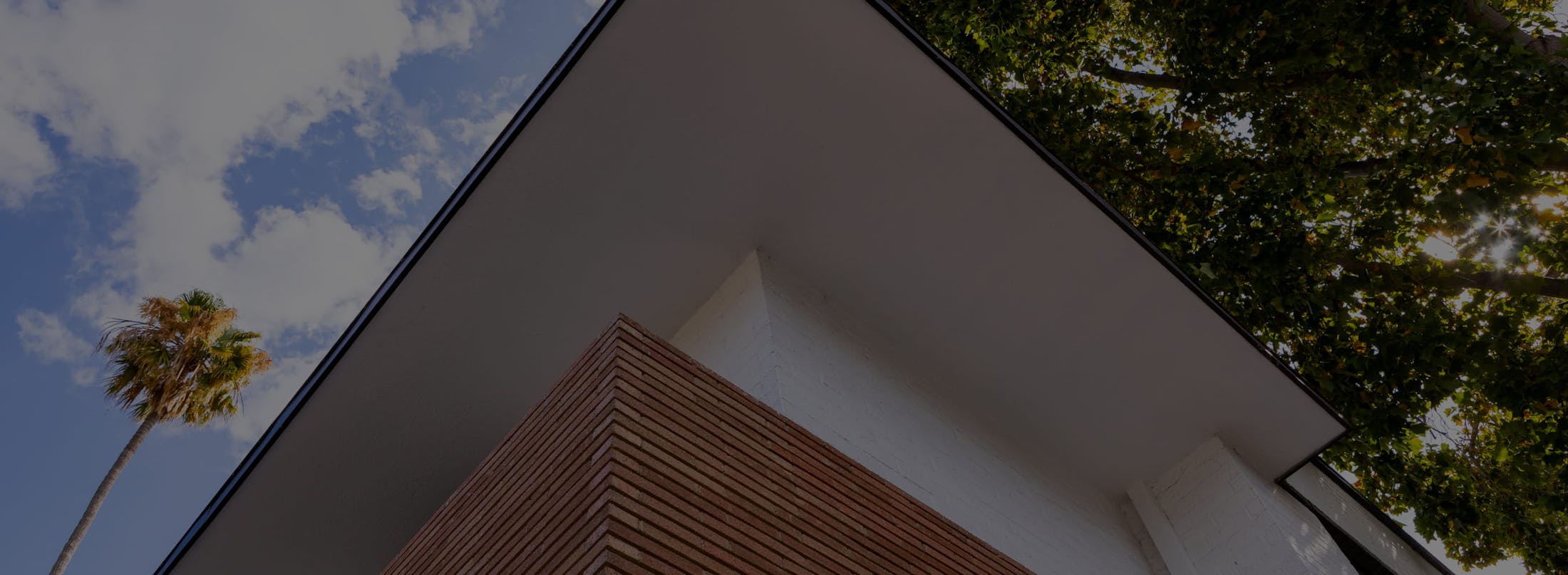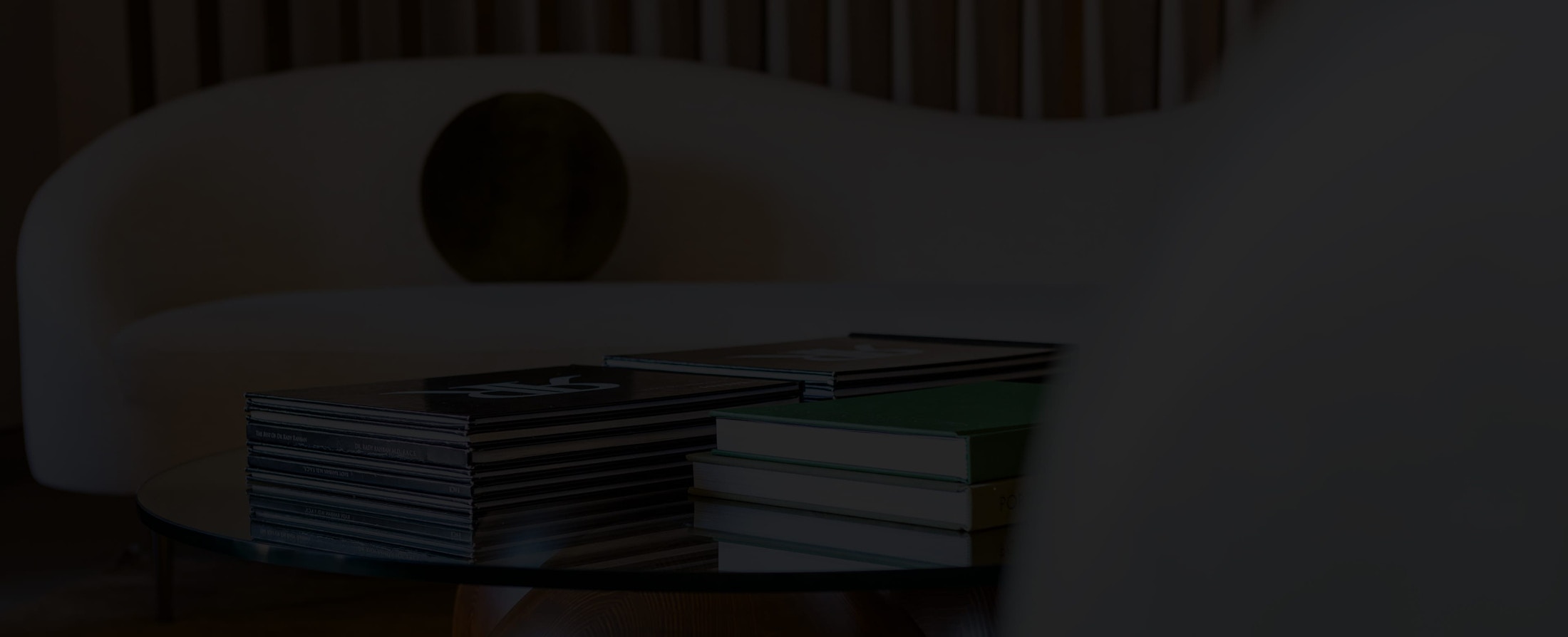One of the most common rhinoplasty complications is a new nose that the patient doesn’t love. For example, after an unsuccessful procedure, the nose may be over or under-corrected, or the patient may possess a persistent bump, various deformities, a beak-like appearance, an irregular bridge, or a deformed, pinched or asymmetrical nasal tip.
Or, the nose may simply appear unattractive or unnatural, causing the patient to feel distressed every time they look in the mirror. In many of these cases, the only solution is a complex revision procedure using cartilage grafts. Unfortunately, the nose is so delicate and complicated that even a revision may never correct a “botched” nose job.
To prevent this complication, Dr. Rahban brings two crucial skills to his rhinoplasty procedures: technical expertise and an artistic eye. This is critical because a rhinoplasty is equal parts art and science. As such, it requires an immense amount of finesse, as well as a refined technical approach that can ensure a successful outcome. In addition, Dr. Rahban will spend a considerable amount of time over two visits going over the details of your nasal anatomy, and he will help you determine what needs changing. He will not simply take your picture and Photoshop it, giving you an unrealistic perfect nose. He strongly believes that while this is a quick and easy consultation, it is one of the main reasons for dissatisfaction. He will be direct and tell you the truth, making sure you understand the limitations of your anatomy and whether your goals are attainable.











